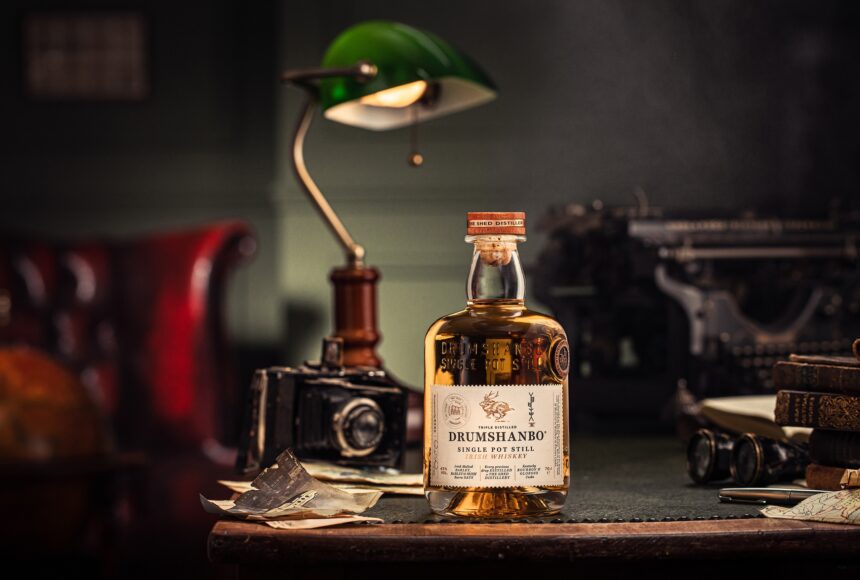The global demand for Irish whiskey has been growing rapidly, as more collectors and enthusiasts appreciate its unique flavors. When it comes to selling Irish whiskey, creating an engaging and accurate description can help your bottles stand out. In this blog, we’ll explore essential tasting notes and how to use them effectively in your listings to appeal to potential buyers.
Understanding Key Tasting Notes in Irish Whiskey
Irish whiskey has a distinct profile compared to other whiskeys. Generally, it’s smoother and less smoky than Scotch, with a more approachable flavor profile. Key tasting notes you’ll want to highlight are related to its aroma, flavor, and finish. Each of these elements contributes to the whiskey’s overall appeal.
Aroma: The First Impression
The aroma, or “nose,” is the first experience of any whiskey. Irish whiskeys often have a mild, inviting scent that can include hints of vanilla, floral notes, and fresh fruits. Describing the aroma accurately is crucial because it sets the buyer’s expectations before they even take a sip.
When describing an Irish whiskey’s aroma, you can consider terms like:
- Vanilla: A common note in Irish whiskey, particularly those aged in American oak barrels.
- Floral: Some Irish whiskeys carry a subtle floral note that adds complexity.
- Fruitiness: Think of green apple, pear, or citrus, which are often found in Irish whiskey.
An example description could be: “The aroma opens with warm vanilla and a hint of floral sweetness, followed by crisp notes of green apple.”
Flavor: The Core Experience
Flavor is the heart of any whiskey description and where Irish whiskey really shines. Known for being smooth and slightly sweet, Irish whiskey can also exhibit a range of flavors depending on its age and barrel finish.
Common flavor notes for Irish whiskey include:
- Honey: A gentle sweetness that makes the whiskey more palatable to a broad audience.
- Toffee and Caramel: These notes add a richness, particularly in whiskeys that have been aged longer.
- Spices: Nutmeg, clove, and even a hint of pepper can give depth to the flavor.
Here’s a sample description: “Smooth honey sweetness on the palate with rich toffee and light spices that create a balanced, enjoyable experience.”
Finish: The Final Touch
The finish is what lingers on the palate after a sip. It’s a crucial element in whiskey tasting because it leaves a lasting impression. Irish whiskeys often have a short to medium finish, though older bottles may offer a longer, richer finish.
Descriptive terms for the finish include:
- Creamy: Often smooth, with a slight creaminess that adds a satisfying feel.
- Warm: A gentle warmth, often associated with the alcohol content, leaves a pleasant sensation.
- Lightly Spiced: A subtle, lingering spice that enhances the complexity.
A well-crafted finish description might say: “The finish is creamy and warm, with just a hint of spice that leaves you wanting another sip.”
Tips for Writing Engaging Descriptions
When listing a bottle for selling Irish whiskey, a well-written description can make all the difference. Here are some tips for crafting engaging and appealing descriptions:
Focus on the Unique Selling Points
Each bottle of Irish whiskey has something unique to offer, whether it’s an unusual flavor profile, a limited-edition release, or a special aging process. Emphasize these qualities to make the listing more appealing. For example, if it’s a single malt or has a rare cask finish, make sure to highlight these features.
Be Descriptive but Concise
While details are essential, keep sentences concise. Buyers want clear information without wading through overly complex language. Short sentences with straightforward descriptions are more effective and easier to understand.
Use Sensory Language
Sensory words can enhance the appeal of your listing. Words like “rich,” “smooth,” “light,” and “velvety” create an image for the reader, making them feel more connected to the experience of drinking the whiskey. Avoid jargon that might be unfamiliar to buyers.
Highlighting Special Attributes: Age, Distillery, and Cask Type
Certain aspects can make an Irish whiskey more appealing. Information like the age, distillery, and type of cask used can attract more serious buyers who value these details.
- Age: Mention the age if it’s significant, as older whiskey is often more desirable.
- Distillery: Some distilleries have excellent reputations, which can enhance the bottle’s value.
- Cask Type: Special casks (like sherry or bourbon barrels) can add unique flavors, so include these details if applicable.
An example could be: “This 12-year-old whiskey from [Distillery Name] was finished in sherry casks, adding a layer of rich fruitiness and warmth to its classic Irish profile.”
Final Thoughts on Selling Irish Whiskey
A well-described bottle can stand out in a competitive marketplace. By using sensory language, focusing on unique qualities, and providing a clear view of the whiskey’s character, you can create appealing listings that engage potential buyers.
For those interested in expanding their collection beyond Irish whiskey, similar principles apply when selling Japanese whiskey—another popular option known for its unique flavors and craftsmanship. Whether Irish or Japanese, thoughtful descriptions can make all the difference in your success.



